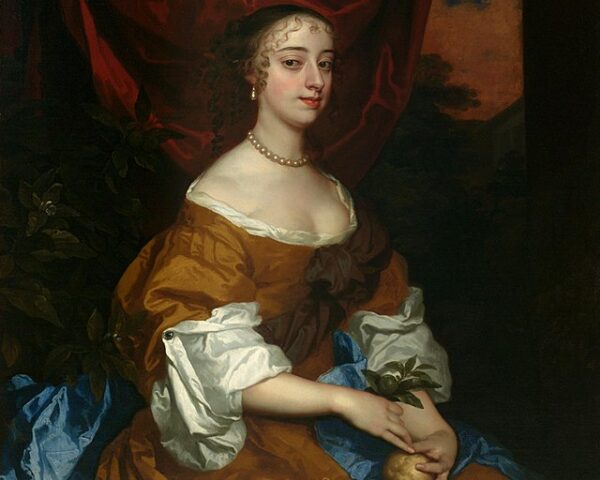After more than two millennia, the Roman Empire—transfigured, fragmented, renamed, and reimagined—finally collapsed on May 29, 1453, as Ottoman forces under Sultan Mehmed II breached the gates of Constantinople following a 53-day siege. With the city’s fall came the extinguishing of the last imperial ember lit by Augustus in 27 B.C., a symbolic and civilizational rupture that echoed across Christendom and altered the trajectory of East and West alike.
The Byzantine Empire, though by then an imperial ghost ringed by Ottoman steel, still stood for continuity—a fragile but potent symbol of the old Roman world. Constantinople had once radiated Christian and classical majesty, its walls defying centuries of invaders and its cathedrals testifying to theological supremacy. Yet by the 15th century, the city had become a gilded reliquary: diminished, surrounded, and fatally alone.
Mehmed II, only 21 years old but determined to vault his empire into history’s center stage, brought overwhelming force. His army—numbering perhaps 100,000—arrived not merely to conquer, but to supplant. With European engineers in his employ, he deployed colossal artillery, including the 27-foot Basilica cannon, capable of shaking the very foundations of Theodosian fortifications that had stood for a millennium.
Inside the walls, Emperor Constantine XI prepared for death more than victory. Fewer than 7,000 defenders stood between the Ottomans and the city’s fate, among them Genoese captain Giovanni Giustiniani and a corps of foreign volunteers fighting less for Byzantine glory than for the memory of Christian unity. They held out through weeks of bombardment, hunger, and diminishing hope.
At dawn on May 29, Mehmed launched his final assault. Ottoman forces surged at the breaches while defenders—outnumbered and exhausted—fought a losing battle. Giustiniani fell wounded; panic followed. The emperor, refusing surrender, is said to have cast aside his purple cloak and plunged into the fray, vanishing into legend as his city was overwhelmed.
What followed was carnage. For three days, Ottoman troops looted, desecrated, and enslaved. The Hagia Sophia, once the world’s largest church, was converted into a mosque. Holy relics were smashed, and the streets ran red. But Mehmed, though ruthless in conquest, styled himself a ruler of legacy. He halted the worst of the pillage, offered protection to surviving civilians, and declared Constantinople the new capital of his empire—an Islamic Rome, born not in imitation, but in triumph.
The fall sent tremors through Europe. The unthinkable had occurred: the Second Rome had fallen, and a Muslim empire now controlled the Bosporus. Papal calls for crusade were swift but fruitless. The balance of power had shifted. Trade routes changed. Fortresses were built. And panic mingled with prophecy in the Christian West, where some whispered that Rome’s fall heralded the apocalypse.
Yet from the ruin emerged renewal. Greek scholars fled westward, bearing manuscripts and ideas that helped ignite the Renaissance. The Ottoman state, far from a barbarian horde, quickly established itself as a learned, cosmopolitan power. Istanbul—its new name drawn from colloquial Greek—would become the cultural and political epicenter of the Islamic world for centuries.
The events of May 29, 1453, are not simply a matter of siegecraft or dynastic ambition. They mark the final punctuation in Rome’s imperial sentence—and the beginning of a new chapter written in Turkish script, beneath crescent moons and minarets. One world ended, another began. And the long twilight between antiquity and modernity snapped into dawn with the crash of cannon fire against Constantinople’s ancient stone.






